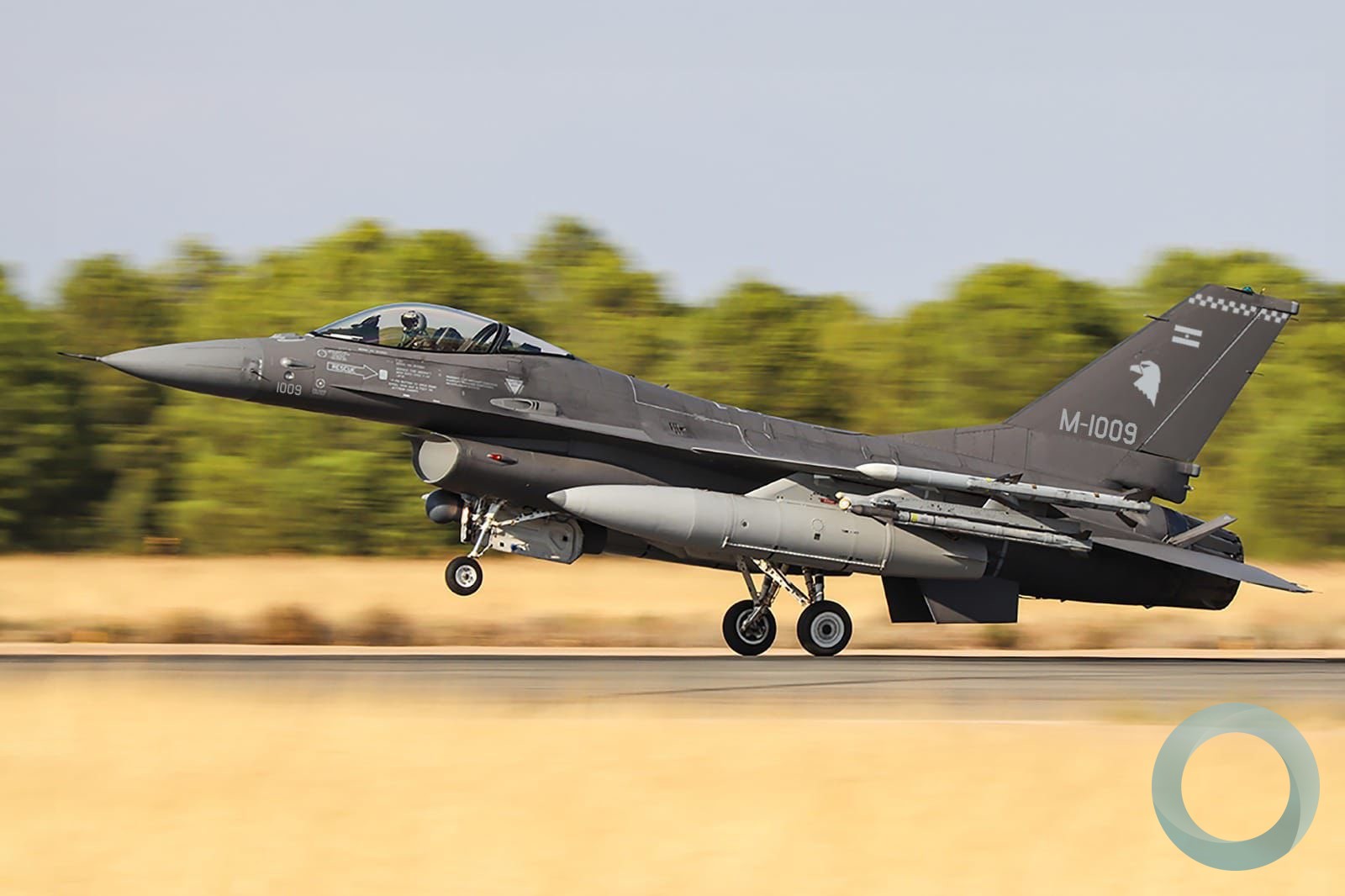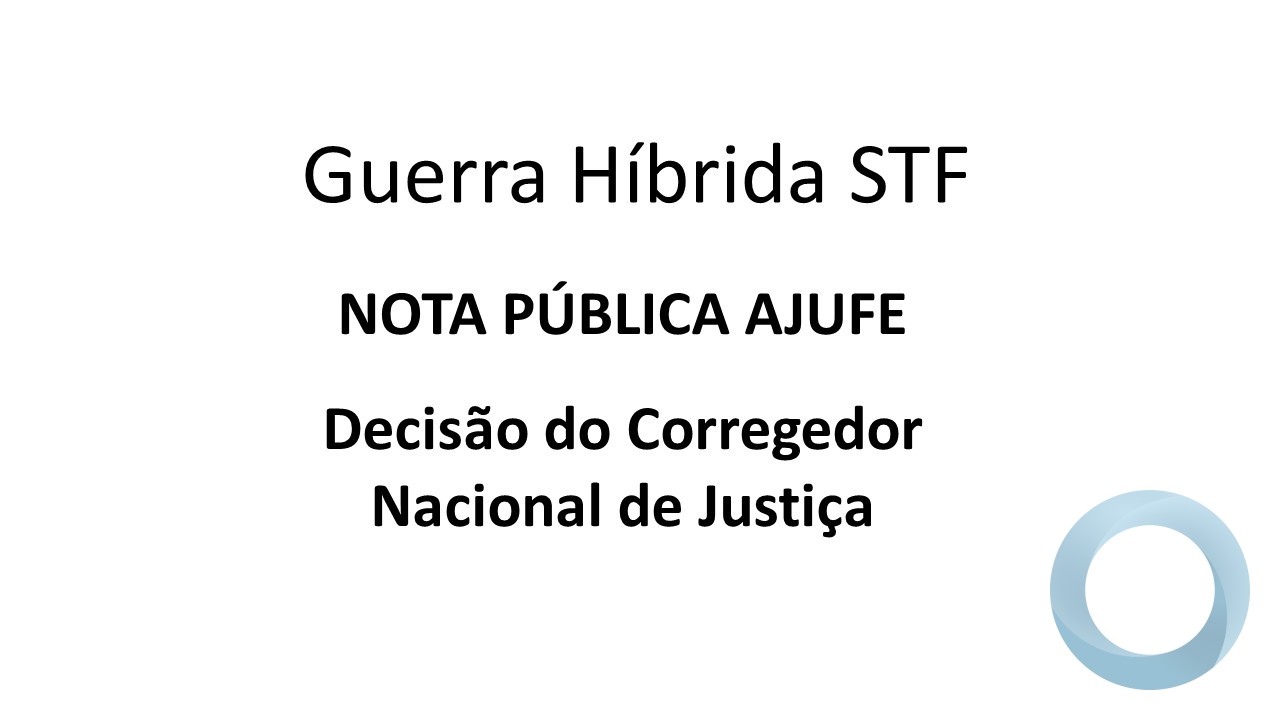A new promising EDA research and technology (R&T) programme aimed at improving Member States’ capabilities in detecting Improvised Explosive Devices (IED) was launched on 23 December 2016 when four EDA Member States (Austria, Belgium, The Netherlands, Poland) as well as Norway (which has an Administrative Arrangement with the Agency) signed an agreement for the 3-year ‘IED Detection’ (IEDDET) ad hoc R&T programme with a total budget of €14 million.
The main objective of the IEDDET programme is to develop, improve and field-test IED detection capabilities in order to better protect troops and increase Armed Forces’ operational freedom of movement. Concretely, the programme encompasses three main projects, each of them dealing with a specific topic, namely:
- Vehicle Mounted Early Warning of Indirect Indicators of IEDs (VMEWI3). The objectives of this project is to focus on the detection of indirect indicators with forward looking camera systems. The technology demonstrator will be based on remotely operated unmanned ground vehicle (UGV) platforms with multi-camera head. The UGV platform will be controlled from a manned vehicle. The aim is to detect indicators of IED presence even while moving with a speed of at least 20-30 km/h (early warning capacity).
- UGV stand-off multi-sensor platform for IED component detection (MUSICODE). This project will develop new unmanned ground vehicle (UGV) stand-off capabilities for detection of IED components by using remotely operated multisensory platforms.
- Confirmation, Identification and Airborne Early Warning of IEDs (CONFIDENT). The objectives of this project are two-fold: (i) to focus on the confirmation and the identification of relevant components of IEDs including electronic parts, explosives and chemical, biological, radiological and nuclear (CBRN) payloads prior to the release of the agents and (ii) to provide complementary early warning capability. The demonstrators will be based on remotely operated platforms (robot and Unmanned Aerial Vehicle, UAV). The UAV will be used for airborne early warning.
In order to ensure the coherence and interoperability between the projects, an offline detection map will be produced and shared to best explore the full set of information available for future route clearance operations and the programme will be concluded by a joint demonstration.
IEDDET will involve technology companies (including SMEs), academic institutions as well as governmental and non-governmental research organisations which will all cooperate under the guidance of a management committee consisting of experts from the contributing Member States.
Countering Improvised Explosive Devices (C-IED) was confirmed as a top priority in the EDA Capability Development Plan (CDP) revision of 2014. The launch of the IEDDET programme is part of the practical implementation of this priority in terms of technology development and seen as a crucial step towards improving existing C-IED capabilities.
































